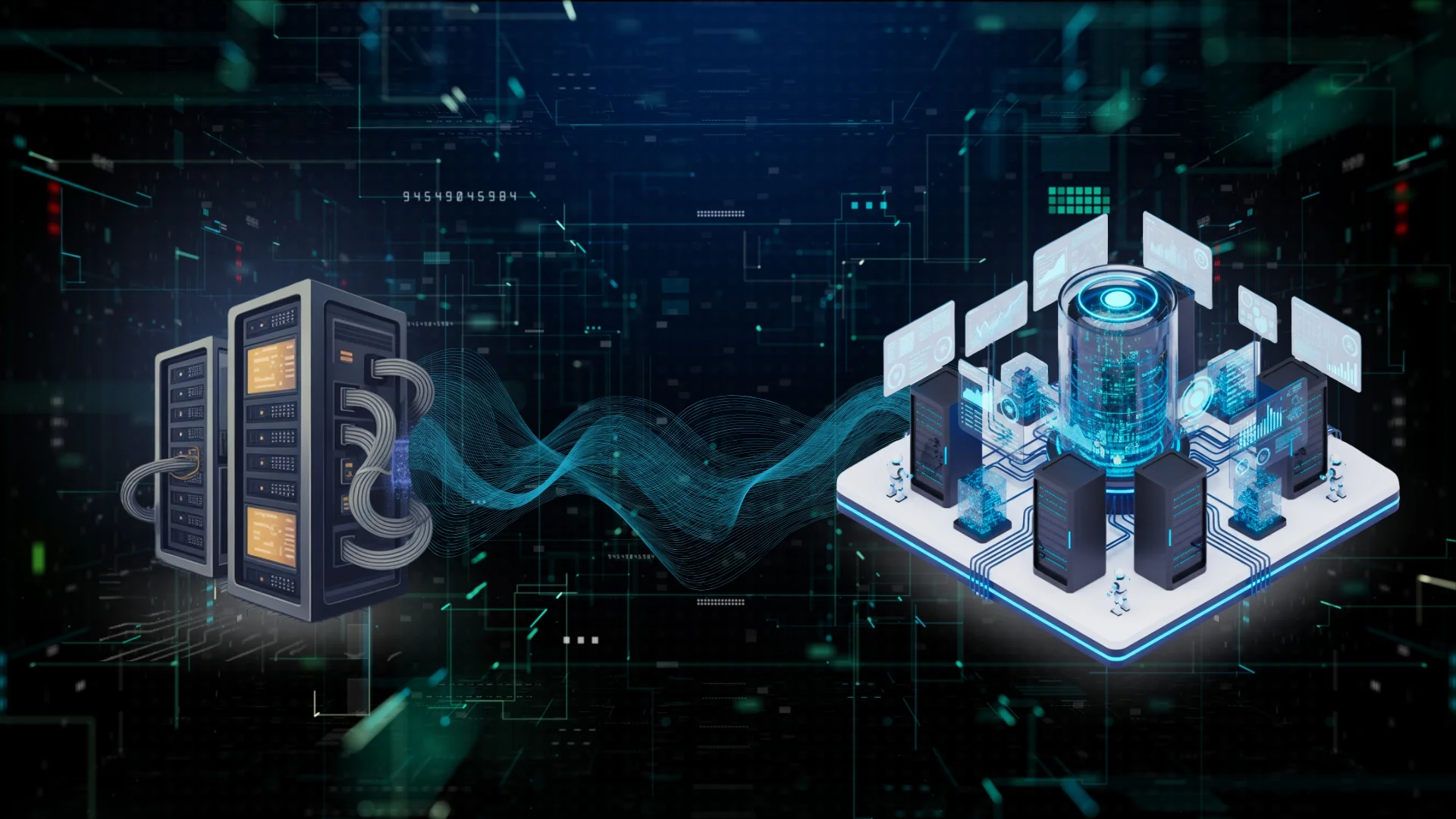Organizations across the world are being recognized for their speed and adaptability. Legacy systems that once worked fine are now slowing down, blocking innovation and increasing the costs. Legacy system modernization has shifted from being an IT upgrade to a strategic business imperative. Companies in all sectors from healthcare and logistics to banking and manufacturing are recognizing that legacy systems restrict innovation. A Forrester study conducted in 2024 estimated that enterprises spend up to 70% of their IT budgets maintaining legacy systems which means there is no budget left for innovation.
However, modernizing legacy system is not as simple as it looks, as it requires strategy, structure, and a level of expertise. Modernization is about more than keeping pace; it’s about creating the agility to scale, innovate, and adapt. By transitioning to cloud-native, API-driven architectures, organizations can reduce technical debt, unlock automation, and make smarter, data-driven decisions that shape future growth.
Let’s examine why modernization is important and review the key best practices from our experts at Sparity.
Why Modernize Legacy Systems?
Legacy systems have existed for a long time, but the reality is that they are causing problems today, such as high long-term costs and inability to work with modern solutions. Slow speed and outdated user interfaces also reduce overall productivity.
There are several reasons your company needs to modernize legacy systems-
- High maintenance costs and debt- Constant issues and fixes require budget that could be invested in innovation.
- Performance issues- Old infrastructure leads to slow response times and can disrupt operations.
- Security vulnerabilities- Legacy systems often lack updated protocols which leaves critical data with vulnerabilities.
- Limited integration – They struggle to connect with API’s, Analytics and automation platforms.
- Delayed product rollouts- Old and outdated frameworks block innovation.
Table of Contents
Benefits of Modernizing Legacy Systems-
Now that we have looked at the issues related with using legacy systems, let’s explore some benefits related with Modernizing legacy systems-
- Cost Optimization: Reduction in ongoing maintenance and legacy licensing costs by moving to cloud-native, modular solutions.
- Business Agility: Helps your organization to quickly respond to market changes with flexible, scalable IT architecture.
- Enhanced Security: Modern security standards provide enhanced security and data protection.
- Improved Compliance: Meet industry regulations more efficiently with newer technologies.
- Innovation Enablement: Adopt AI, big data, and IoT for business insights and automation.
Best Practices for Legacy System Modernization
We have seen the benefits of modernizing legacy systems; however, it requires strategic vision and technical precision. Here are some of the best practices we at Sparity follow.
1. Assessment & Prioritization
Start by evaluating your existing systems, map each legacy application, its business criticality, dependencies, operational costs, and user pain points.
Once this is done use the application dependency tools to visualize connections and identify bottlenecks. Engage with cross-functional teams like stakeholders, IT teams, and end users to accurately prioritize the list of modernization.
2. Choose Your Modernization Path
Not all legacy systems need a full rewrite. We recommend using the “7 R’s” framework:
- Rehost: You can lift and shift workloads to cloud IaaS platform with minimal code changes.
- Replatform: Make minimal changes to leverage managed services.
- Refactor: Optimize application logic for scalability.
- Rearchitect: Redesign system architecture to adopt cloud-native patterns for flexibility.
- Rebuild: Recreate legacy apps for using modern frameworks.
- Replace: Retire outdated tools or low-code solutions.
- Retire: Identify and eliminate obsolete systems that consume resources without value.
3. Incremental Implementation
Modernization needs to be tackled in phases by starting with highest-impact business areas as this helps to reduce the risk, minimize disruption and enables steady progress. Adopt agile sprints for controlled rollouts and ensure parallel run environments to minimize downtime.
4. Modular & Cloud-Native Design
Adopt microservices, containers, and APIs to make systems flexible, scalable, and easier to maintain. Build APIs for interoperability and adopt serverless computing (like AWS Lambda or Azure Functions) to enhance scalability. You can also choose multi-cloud or hybrid platforms for flexibility in cost.
5. DevOps & Automation
Introduce automated testing, continuous integration/continuous deployment (CI/CD), and infrastructure as code to maintain quality, security, and speed. Incorporate Infrastructure as Code with AWS CloudFormation for error-free provisioning.
6. Security & Compliance First
Integrate current security best practices and compliance requirements from the start. Regularly audit systems by conducting penetration testing, threat modeling, and vulnerability scanning to stay compliant.
7. Continuous Optimization
Monitor performance, gather analytics, and fine-tune systems post-modernization. Leverage AI driven analytics for predictive maintenance and automated scaling.
Use Cases
Modernization becomes even more meaningful when you see real business impact. Here are some of the use cases from our client’s success stories
Healthcare: Interactive Patient Care System
A national hospital network partnered with us to modernize its legacy patient care application. Our team migrated the solution to .NET Core, reengineered workflows, and strengthened security measures. The outcome? 25% faster response times and a 50% boost in data security all with minimal disruption for caregivers.
Likewise, a logistics company was held back by inflexible, outdated ERP infrastructure. Sparity implemented a phased migration to Oracle Cloud, using modular microservices and cloud-native APIs. The result: Upto 50% uptime, better scalability, and reduced operational overhead.
Emerging Trends: AI, Composability & Cloud
Artificial intelligence is not just confined to automation, instead it is being used to analyze codes, detect imminent failures and produce recommendations to take actions and prevent downtime. Composable architectures are starting to become mainstream, as organizations can develop modular approaches consisting of plug-and-play components, rendering innovation and flexibility faster than ever.
Enhanced automation is changing the workflow, decreasing reliance on humans, and creating interactions that are smarter and more efficient. Hybrid and multi-cloud models are also providing flexibilities that have never been possible before, by creating a customized approach that weighs performance, cost, and compliance when scaling for the future.
These emerging trends suggest a future where modernization is predictive, adaptive, and continuously evolving.
Conclusion
The future of enterprise technology will be defined by intelligence and adaptability. Modernized systems help to solve problems and create the foundations for tomorrow’s innovation. Businesses can gain the ability to respond quickly to market changes, make data-driven decisions and explore opportunities that were previously constrained by old technology.
From strategic planning to phased migration and continuous optimization, we at Sparity help enterprises not just modernize, but future-proof their operations for long-term growth and resilience.
Ready to transform your legacy systems? Connect with Sparity for an expert-led, tailored modernization journey that powers your next wave of growth.















